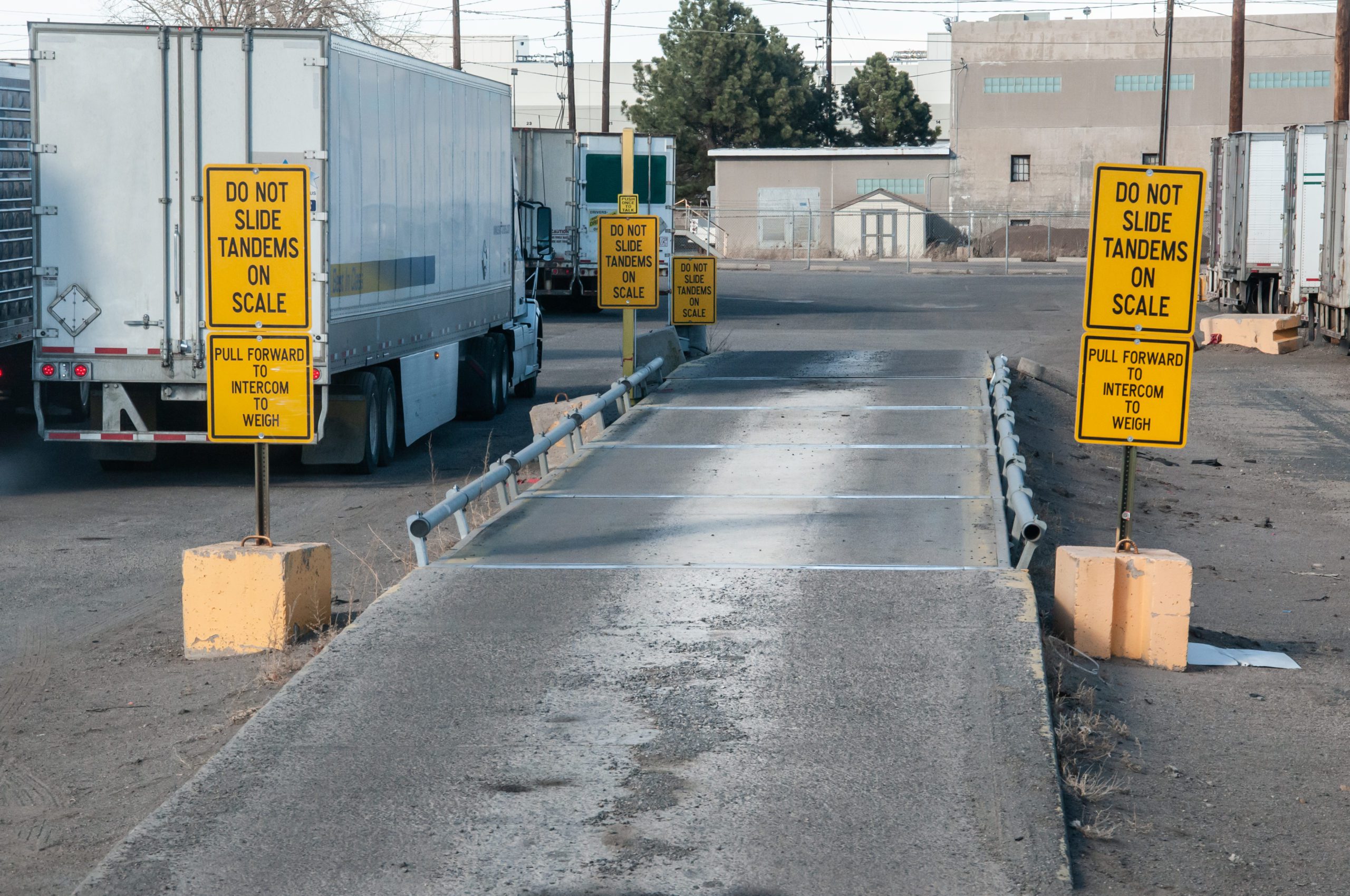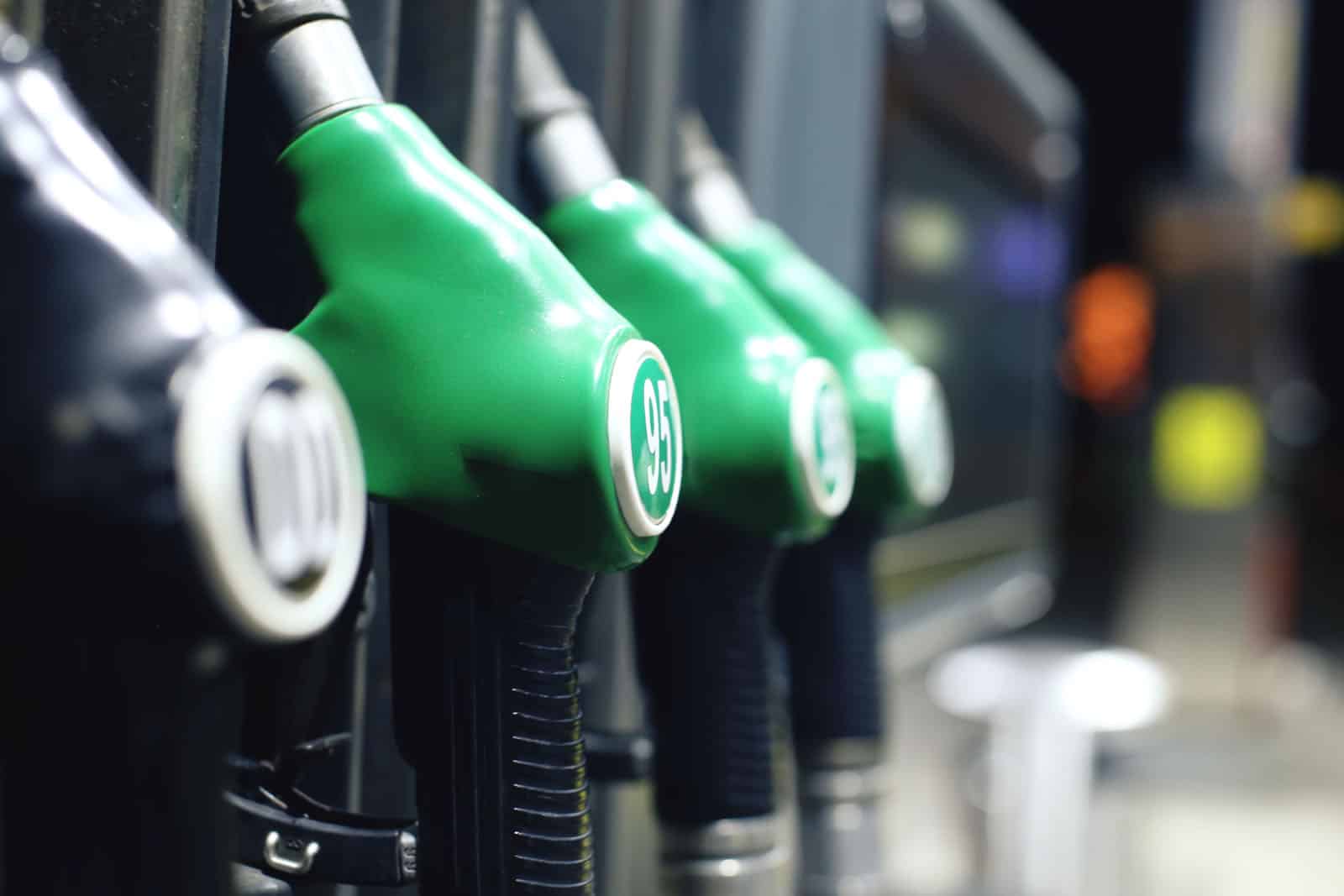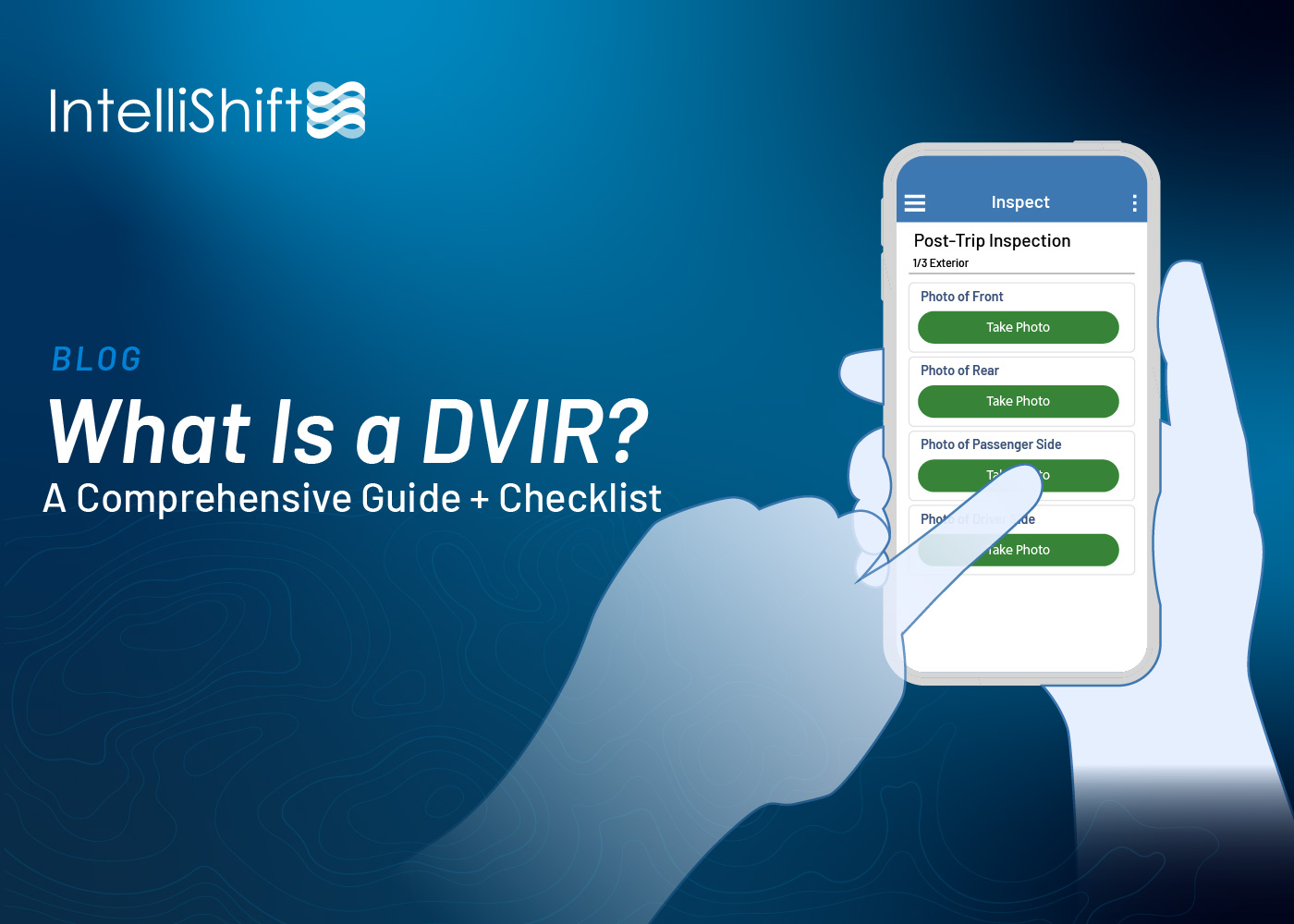


A Guide to Data-Driven Fleet Management
In today’s world, an IoT-focused approach to telematics no longer meets the needs of modern fleet and safety-focused businesses. The days of simply collecting more data are gone—you need actionable context and insights that matter. This is where an in-context,...
The 7 Levels of a DOT Inspection
Keeping your fleet vehicles in working condition requires a series of DOT inspections and compliance processes. Checking up on vehicles through driver-led daily inspections can also help save you money in the long run and extend the life of your vehicles. But...
In the News: Forbes – How AI Can Improve the Driver Experience
Just published on Forbes, “How AI Can Improve the Driver Experience.” In the article, IntelliShift Founder and CEO John Cunningham, examines issues surrounding the current driver shortage, and how AI can play an important part in alleviating key challenges...
GROWING FLEET? Keep the Cost of Accidents, Insurance & Maintenance In-Check
As your fleet grows, so too do your costs as each new vehicle is added. Increases to your fuel costs, inspection and maintenance expenses, and insurance premiums, in addition to further accident risks with more drivers on the road, are all areas to consider. However,...
What is an ELD (Electronic Logging Device)?
What is an ELD? The ultimate guide to ELD Compliance ELD stands for electronic logging device. An ELD connects to the engine of a commercial motor vehicle. It automatically records data to ensure the integrity of the driver’s record of duty status (RODS) and...
In the News: Work Truck – Construction Fleets Overcome Supply and Demand Challenges During Pandemic
Work Truck (and Heavy Duty Trucking) just published, “How Construction Fleets Overcome Supply and Demand Challenges During the Pandemic.” In the article, IntelliShift’s Vice President of Marketing, John Carione, discusses the challenges construction...
What Is IFTA?
When it comes to following fuel management regulations, keeping up to date on IFTA compliance is key. From saving money to simplifying the tax process, there are a lot of benefits to following IFTA protocols. But calculating and filing fuel tax reports isn’t always...
Integrations Like Esri ArcGIS Lead to Increased Value for IntelliShift Customers
By working with leading companies and technology providers, IntelliShift broadens the value of its smart fleet and safety operations platform for customers. Through key partnerships and technology integrations, IntelliShift delivers deeper levels of specialization and...In the News: Total Landscape Care – How Fleet Operations Maximize Landscaping Efficiency
Total Landscape Care published an article today, “How fleet operations maximize landscaping efficiency,” by IntelliShift’s VP of Marketing, John Carione. In the article, Carione discusses how landscaping companies can use fleet and safety...
AOBRD vs ELD: How are They Different?
AOBRD vs ELD. This is a concept that many fleet and compliance managers have had to study up on recently. Historically, truck drivers have been required to record their hours of service (HOS) by filling out paper logs. Then as the industry evolved, automatic on-board...
